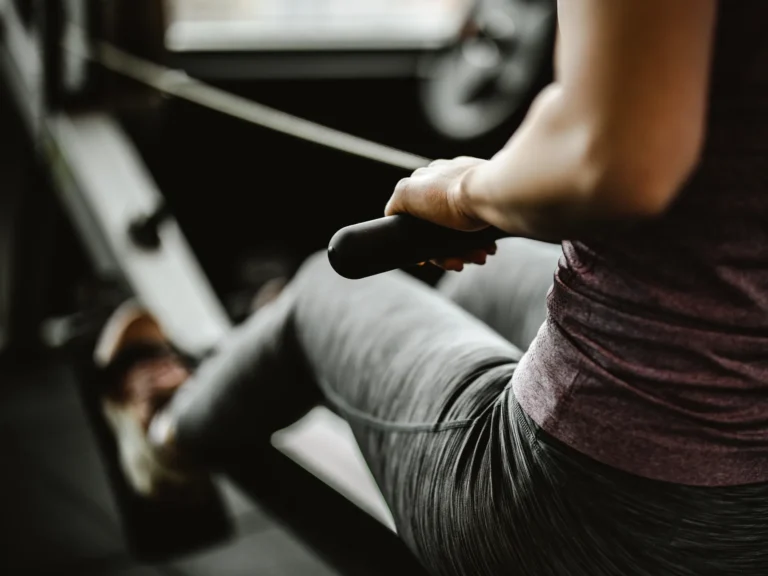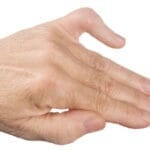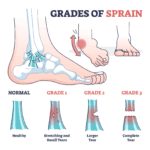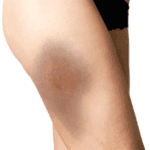Introduction
Developing arm strength is essential not only for athletic performance but also for daily functional tasks and overall health. Engaging in sports that specifically target the muscles of the upper limbs can lead to significant improvements in strength, endurance, and muscle tone. This comprehensive guide explores various sports and activities renowned for their efficacy in arm strengthening, delving into the specific muscles engaged, the benefits conferred, and practical considerations for incorporating these activities into your fitness regimen.
1. Rock Climbing
Rock climbing is a full-body workout that places considerable emphasis on the upper body, particularly the forearms, biceps, triceps, shoulders, and back muscles. The gripping and pulling motions inherent in climbing movements require substantial arm strength and endurance.
Muscles Engaged:
- Forearms: Responsible for grip strength, essential for holding onto holds.
- Biceps and Triceps: Facilitate pulling movements and elbow extension.
- Deltoids and Rotator Cuff Muscles: Stabilize and move the shoulder joint.
Benefits:
- Enhances muscular endurance and grip strength.
- Improves mental focus and problem-solving skills.
- Provides a dynamic and engaging form of cardiovascular exercise.
Considerations:
- Proper technique and safety measures are crucial to prevent injuries.
- Access to climbing facilities or suitable outdoor locations is necessary.
2. Swimming
Swimming is a low-impact, full-body exercise that significantly engages the muscles of the upper body, depending on the stroke performed.
Muscles Engaged:
- Freestyle (Front Crawl): Emphasizes the deltoids, triceps, and latissimus dorsi.
- Breaststroke: Targets the pectoral muscles and biceps.
- Butterfly: Engages the shoulders, chest, and core muscles intensively.
Benefits:
- Enhances muscular strength and endurance.
- Improves cardiovascular fitness.
- Offers a low-impact exercise option suitable for various fitness levels.
Considerations:
- Access to a swimming pool is required.
- Proper technique is essential to maximize benefits and prevent injuries.
3. Rowing
Rowing is both an aerobic and anaerobic exercise that provides a comprehensive workout, with a significant focus on the upper body.
Muscles Engaged:
- Biceps and Triceps: Involved in the pulling motion.
- Deltoids: Assist in shoulder stabilization and movement.
- Forearms: Essential for grip strength.
Benefits:
- Improves cardiovascular health.
- Enhances muscular endurance and strength.
- Promotes coordination and rhythm.
Considerations:
- Access to rowing equipment or watercraft is necessary.
- Proper technique is crucial to prevent strain injuries.
4. Boxing and Martial Arts
Combat sports such as boxing, kickboxing, and various martial arts disciplines require repetitive punching and blocking movements, leading to significant arm muscle development.
Muscles Engaged:
- Biceps and Triceps: Essential for punching and blocking.
- Deltoids: Involved in shoulder movements and stabilization.
- Forearms: Crucial for wrist stabilization and grip strength.
Benefits:
- Enhances muscular strength and endurance.
- Improves hand-eye coordination and reflexes.
- Provides a high-intensity cardiovascular workout.
Considerations:
- Proper training and supervision are essential to prevent injuries.
- Protective gear should be used to ensure safety.
5. Gymnastics
Gymnastics requires athletes to support and manipulate their body weight in various positions, leading to substantial upper body strength development.
Muscles Engaged:
- Biceps and Triceps: Used in holding and transitioning between positions.
- Deltoids and Rotator Cuff Muscles: Stabilize the shoulder during movements.
- Forearms: Essential for grip strength in apparatus-based exercises.
Benefits:
- Enhances muscular strength and flexibility.
- Improves balance and coordination.
- Develops body awareness and control.
Considerations:
- Requires access to specialized equipment and facilities.
- Proper coaching is essential to learn techniques safely.
6. Tennis and Racquet Sports
Sports like tennis, squash, and badminton involve repetitive swinging motions, contributing to arm muscle development.
Muscles Engaged:
- Biceps and Triceps: Involved in swinging the racquet.
- Deltoids: Assist in shoulder movements.
- Forearms: Crucial for grip strength and control.
Benefits:
- Improves muscular endurance and strength.
- Enhances hand-eye coordination.
- Provides a cardiovascular workout.





